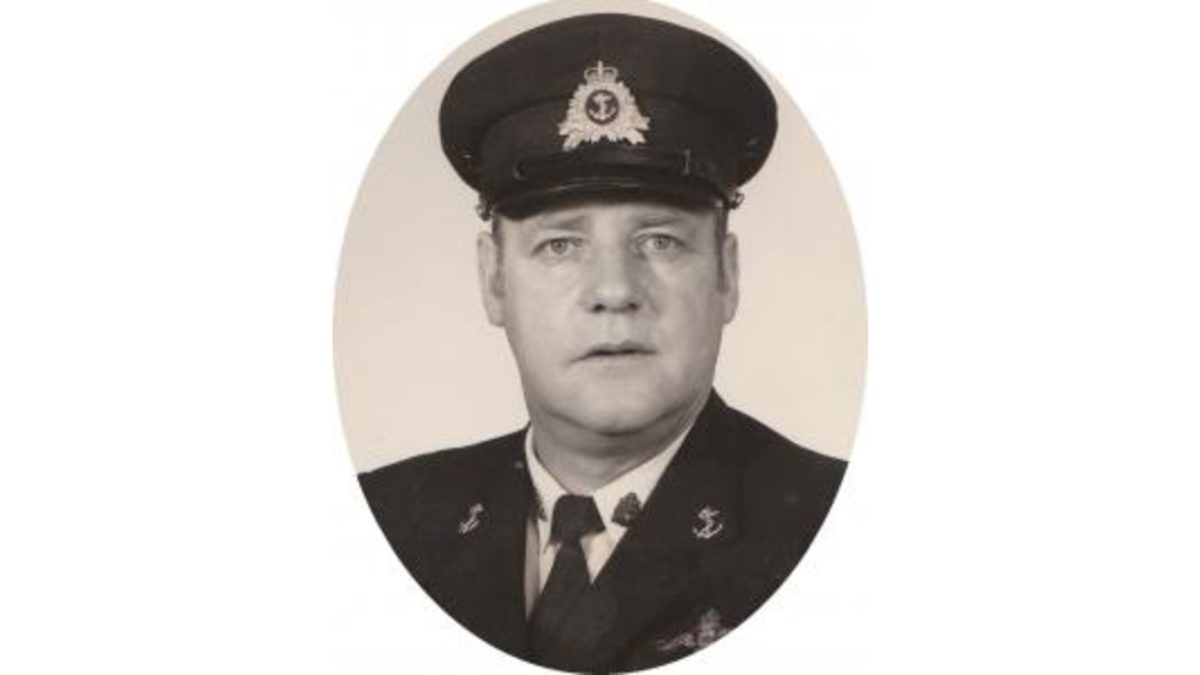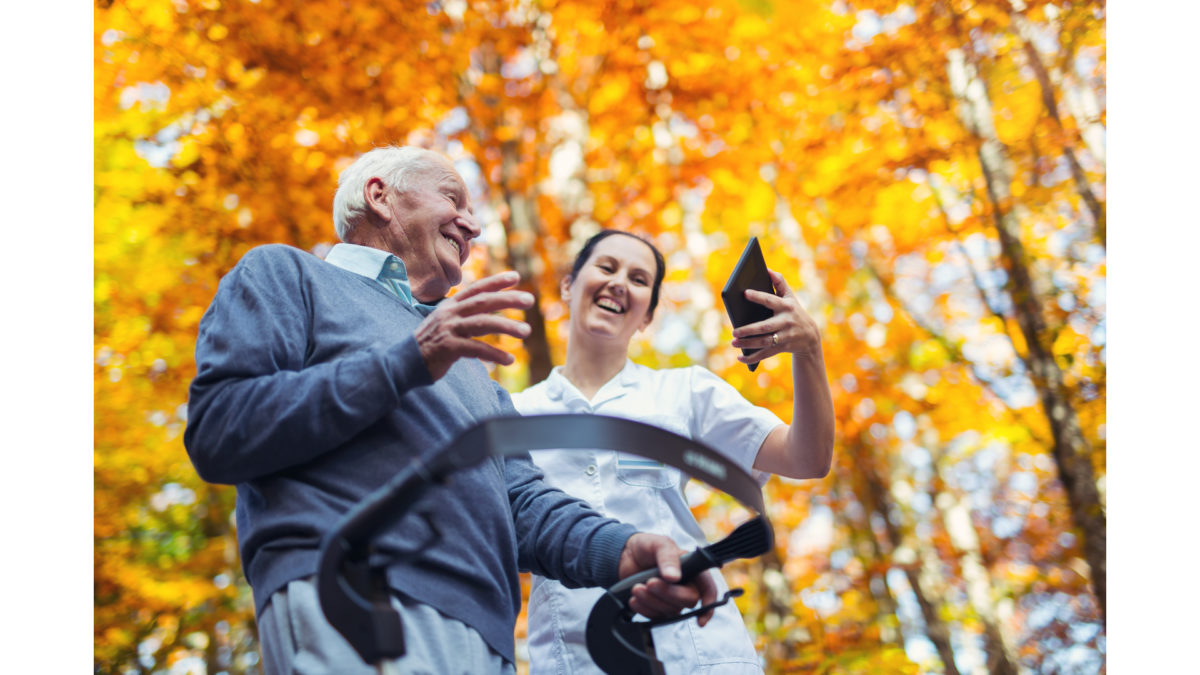So now you’ve gone from agitated to angry, and you have a resident with dementia in crisis mode. What do you do?
Let’s start with what you don’t do. How many times have you calmed down when you were upset just because someone told you to. Never, right? Us either. When my great grandmother was trying to flee the home because she felt like someone was after her, she certainly didn’t calm down when the nurses told her to.
Seniors with dementia are more likely to show agitated and aggressive behaviour. This we know. They may swear, scream, or even hit and bite others. These behaviours may be triggered by various factors, such as pain, changes in the environment, and being ignored. The key is knowing these triggers (enter CareStory ;)).
People with dementia may not understand how they can express their needs, and aggressive behaviour is one way to release frustration.
Here are some methods we have found to calm aggression in older adults with dementia:
Music!
A nice piece of music can help seniors calm down and activate more positive memories! Research from the Alzheimer’s Association also shows that music helps people release dopamine and ultimately triggers happiness :).
Aromatherapy!
We aren’t joking! It is scientifically proven. According to a study published by Cambridge University Press, using scents like lavender and lemon can significantly decrease behavioural issues in patients with dementia. These pleasant scents can help seniors become more focused and reduce their anxiety and hallucinations.
Touch and hold their hands!
As one of the most effective methods to increase trust, touch can build a warm relationship between the caregiver and the senior. With just a gentle hand pat, seniors suffering from dementia can perceive your kindness, slowly calm down and reduce their agitation. Moreover, holding hands can help seniors relax and feel more comfortable. You can either take their hand in a natural manner or offer your hands for them to hold.
Remember, be patient, and smile :). Try these methods; they will definitely aid your efforts to comfort seniors with dementia.
Here is also a fantabulous video we would like to share with you. Let’s check how Teepa Snow successfully de-escalates a dementia care crisis in a positive and empathetic way
REFERENCES:
Alzheimer’s Society
Five Star Senior Living
Alzheimer’s Association
Holmes, C. & Ballard C. (2018)
DailyCaring












